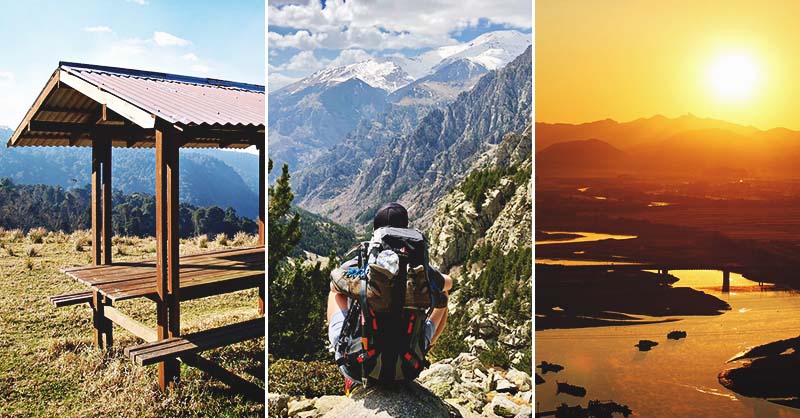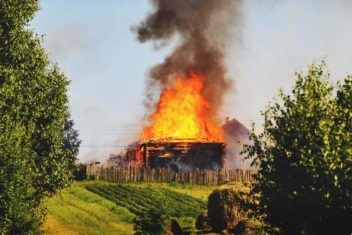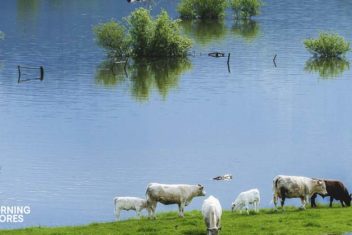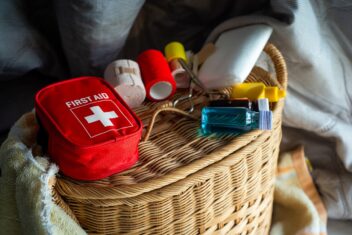Hollywood has made a fortune out of disaster movies, and we can all recall various images of the Statue of Liberty either demolished (Escape from New York), frozen (The Day After Tomorrow) or sunk (A.I. Artificial Intelligence).
The reality is that various areas of the U.S. face some type of disaster, often fairly regularly. Floods, tornadoes, cyclones, earthquakes and forest fires are regularly in the news, not to mention the constant threat of the next terror attack.
However there is one proactive group of people who have wisely decided to be prepared for any eventuality, and they
It’s humorous to think that more than a decade ago many people thought of preppers as those who hid out in bunkers awaiting the end of the world.
These days though, preppers are fairly common and constitute a group of people who plan ahead for various scenarios. They are the wise people who take the ‘un’ out of unforeseen and have all the tools, plans and skills to survive a wide range of challenges.
Thanks to them, we know all about a bug-out bag, in case you have to run for it; a get home bag, in case you are away from home when disaster strikes; bugging-in which means coping while isolated at home; bugging-out in case you have to flee your home; and today we look at the question of where to go?
You may need a safe place to go to for a while, and here’s what you should be considering when picking your bug out location:
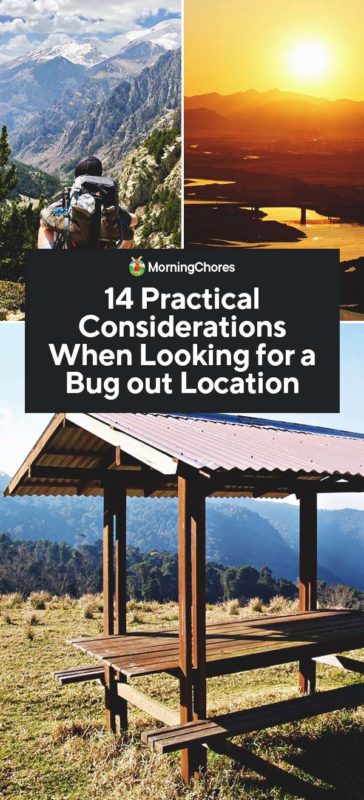
1. Is It a Safe Distance?
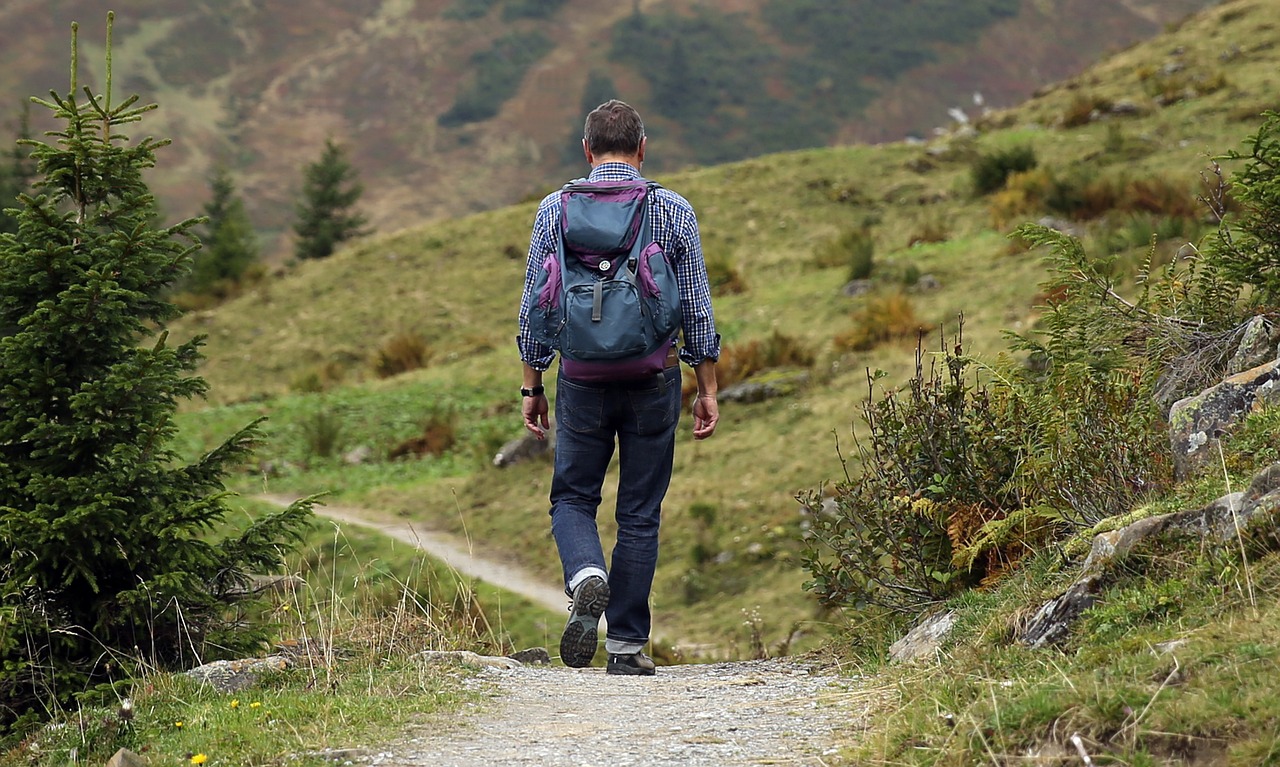
When choosing a bug out location, it can be tempting to choose a place which is out in the middle of nowhere and far away from where you currently live.
The problem is, your bug out location shouldn’t be far away to the point you can’t reach it
If you must walk, you should be able to reach it within the week. Consider how many miles you can walk in a day (I wouldn’t go over 10 miles) and see if you can reach your bug out location on foot within five to seven days.
You don’t want your bug out location to be in a highly populated area either. This can be difficult for some people who live in larger cities but see what secluded land is available within 50-70 miles of your home.
2. Is There Water?
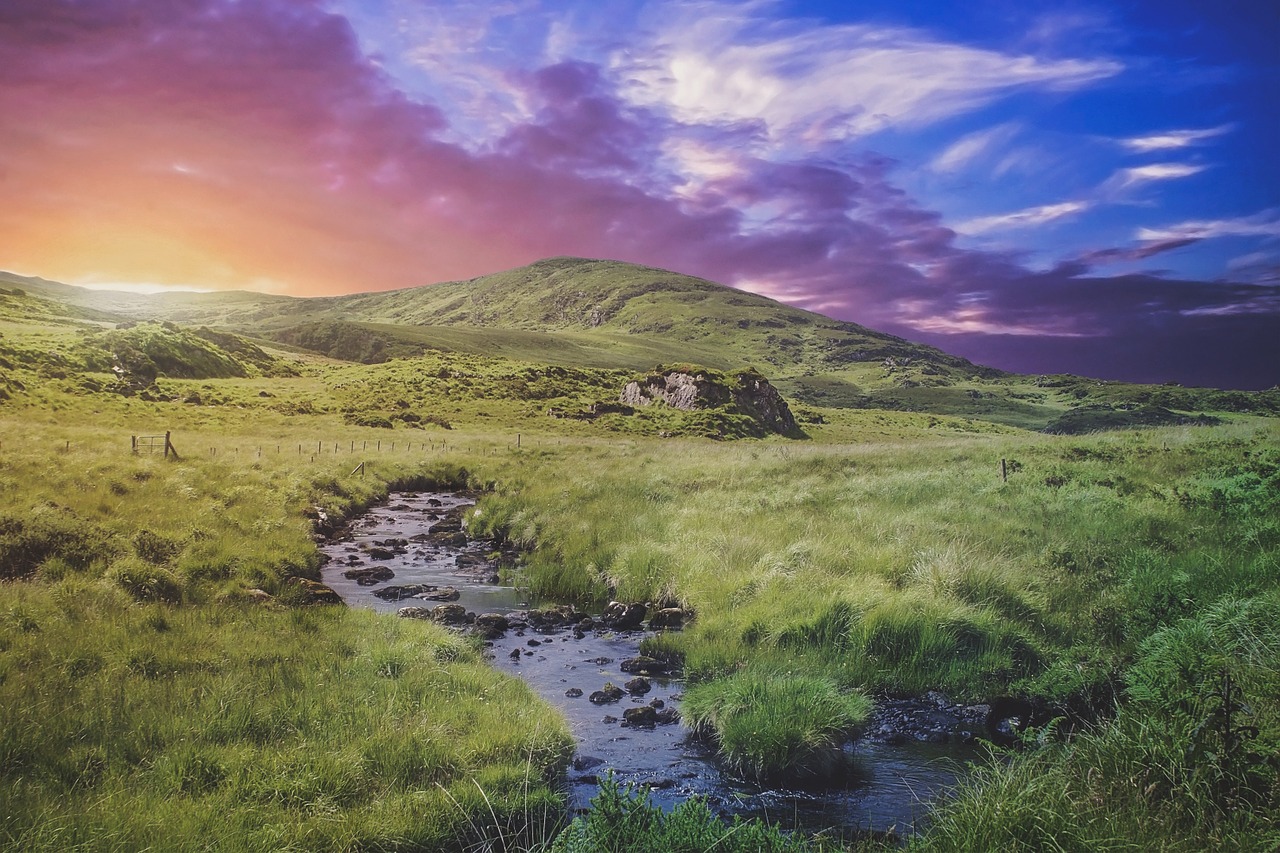
When picking land, water is your friend. You’ll need it for sanitation purposes, for drinking, to water your crops and livestock, and for much more.
Therefore, look for a
Consider creating a rainwater catchment system. If you’re able to get water to your bug out property, you have a location you can survive on for the time being.
3. Secure and Hidden
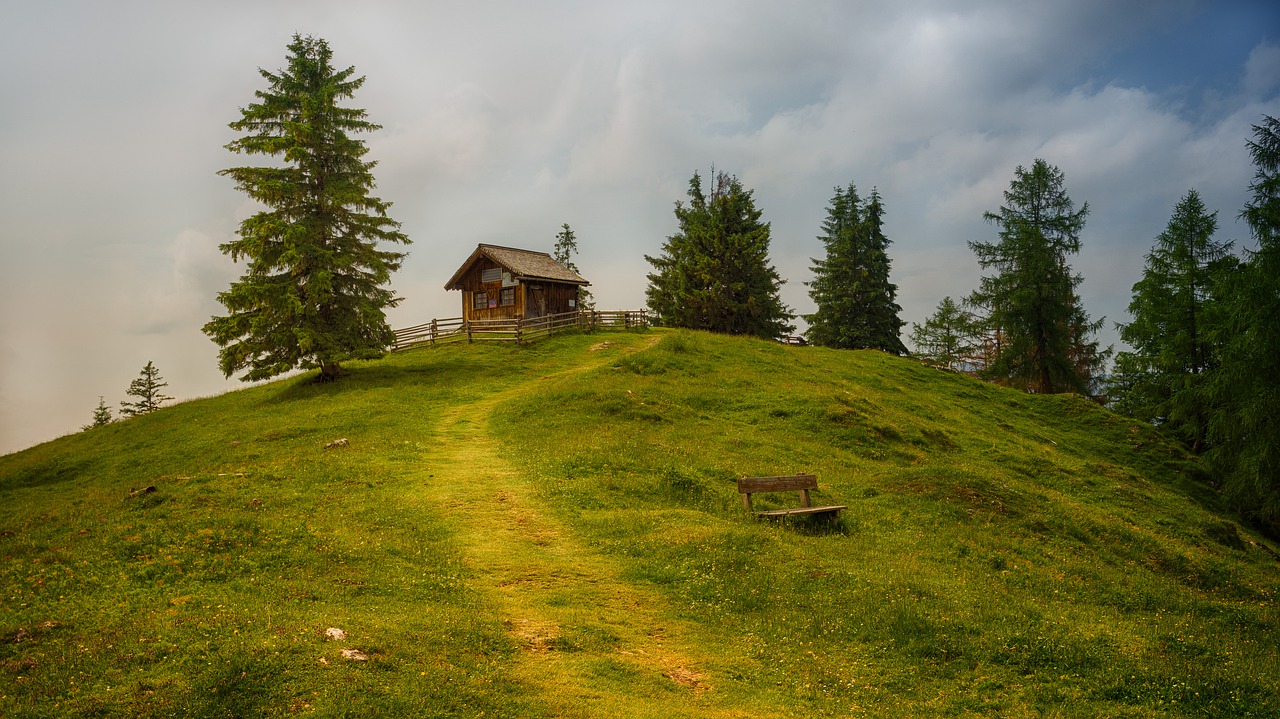
It does no good to have a bug out location which is in plain sight. The ideal spot will be secure from most people and hard to see from any main road.
It’s important to make sure you know the vulnerable spots on the property to be able to protect yourself from any unwanted visitors when bugging out.
Also, the harder it is for you to enter this location, the harder it’s going to be for anyone else. The property which most people wouldn’t want because they feel as though they can’t get in and out, this is the property you want.
4. Can You Function There?
A bug out location must have a few essential elements to make sure you can thrive in this location if needed.
The area must have good soil. If it’s nothing but clay or rocks, you’ll have a hard time gardening. This equates to potential risks of food shortage.
If the area is wooded, this is great for you because it means you have a nice supply for firewood. You will have to heat your home with wood heat most likely and cook on an open fire. These all require a firewood supply.
Does the area have room for a pasture? This matters because this is ideal for livestock. If the land has wild game and fishing, this also provides you with a natural food source which would make the property ideal.
Look for these hidden gems when choosing a bug out location because they matter in your long-term survival.
5. Zoning
One of the biggest things to look for when choosing a bug out location is the zoning. If you pick a piece of property which isn’t zoned for agriculture, you could have a problem with your chickens pecking in the garden.
Therefore, avoid the runaround with the government and choose land which will support what you’re preparing for.
If you don’t, your bug out location could become a nightmare.
6. Money Talks
When choosing a bug out location, pick a spot which fits your budget. There are certain areas which have free or cheap land.
But as a general rule of thumb, you’ll have to pay something for the property. Try to find what you need for the most affordable price.
Also, avoid a second mortgage. If you become strapped for cash trying to pay for this bug out location, it could stop you from investing in other items needed.
It isn’t worth the risk. The bottom line, don’t overextend yourself for a perfect bug out location; if you find a great piece of land in your budget, wonderful.
If it isn’t out there, find what’s in your budget and become creative on how to make it work.
7. Know Your Natural Disasters
Every area in the United States has some type of natural disaster you should be on alert about. If you live in the western part of the country, it’s earthquakes.
If you live in the center part of the country, it’s tornadoes. If you live in the eastern part of the country, it’s hurricanes.
The same can be said for various parts of the world. Therefore, be prepared by knowing what you’re up against and how to survive under these conditions.
If you must prepare for earthquakes, consider building a strong home which has a greater chance of surviving this type of disaster.
If you’re in tornado territory, make sure you have a storm shelter. If you must be prepared for hurricanes or flooding, consider building a sturdy home on higher ground.
8. Is There Shelter?
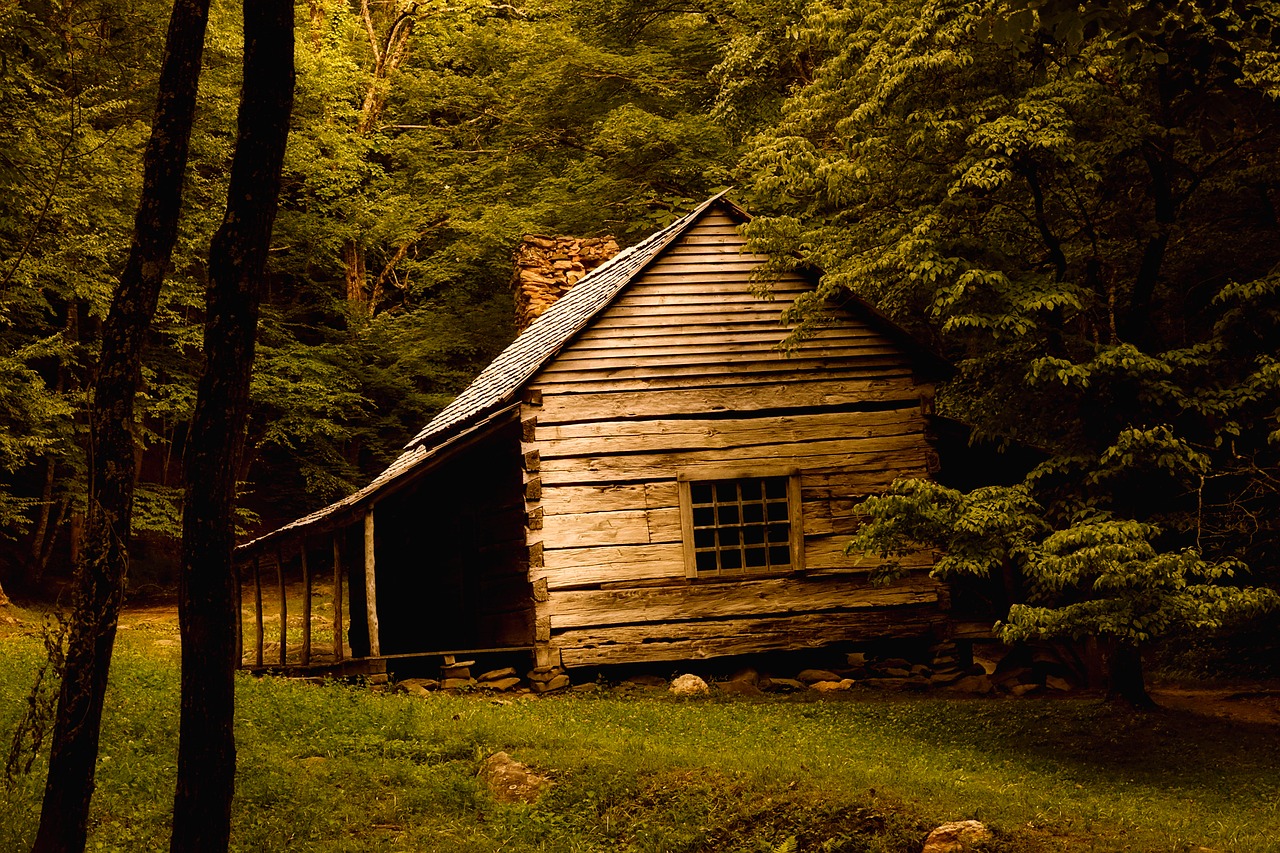
When shopping for land to bug out, consider trying to find a place which already has a small shelter on it. It will cut down on the amount of work you must do to your bug out location.
However, if it doesn’t have a small cabin on it, consider shopping for an alternative housing method. It could be a small shed conversion to a tiny house or something as simple as an RV.
Knowing your alternative housing choices can make having shelter on your bug out land affordable and more functional.
9. Knowledge is Power
There are certain parts of the country which are known for being the best places to bug out. The land is secluded and affordable.
The downside is if you aren’t familiar with the area you purchased land, it could be detrimental to your survival.
If you aren’t used to hiking in the woods around this specific area, you could become injured when trying to get to your bug out location.
Therefore, try to find land which works for what you need, but is also in an area you can visit frequently and become more familiar with the surroundings.
10. Climate Matters
When picking your bug out location ask yourself if you’re comfortable with the climate in this area. For instance, if you choose a place which is known for having brutal winters, can you stay warm and survive under those conditions?
If you choose an area which receives little rain, would you know how to keep plants and livestock watered under these circumstances?
Be sure to choose an area you feel confident you can survive with every aspect of the climate.
11. Seclusion is Key
You’ve found a great piece of land. It’s private enough to where it can’t be seen from the main road, and most people (under normal circumstances) won’t know you’re there.
But ask yourself if you’re secluded enough to where people won’t be alarmed if they hear your rooster crow?
Will they know you’re there when your cow moo’s or your goats begin to talk back and forth?
Also, ask yourself, if you live in an area where you must keep warm would the smoke from your chimney be seen or raise any red flags to let someone know your location?
Seclusion matters when bugging out because if people are desperate, and they know you’re prepared with supplies, they may expect you to share your resources with them.
The fewer people have a chance of coming across your camp, the better off you’ll be.
12. Room for Storage
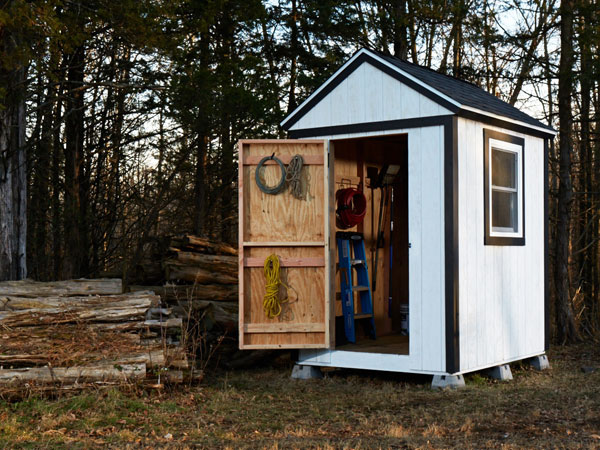
Finding a bug out location is only one part of the equation. You must have shelter, and you must have enough room to create proper storage.
Your bug out location should have everything you need to be sustained until you can get your gardens and livestock going.
If the property has no room to create storage spaces, it won’t function well. Consider adding a root cellar in the ground; you can add a root cellar in the crawl space of the shelter, or even add a shed for storage.
13. Room for Loved Ones
When choosing the perfect bug out location, you must consider what your bug out plan looks like. If you’re a single person who will be leaving by yourself and maybe a pet, you can have less land and a smaller home.
But if you’re a person with a family, you must consider this when choosing your land and housing arrangement.
The home must be big enough to accommodate those with you. Plus, the land should be large enough to be able to sustain you and your family too.
Know who you have to cater for in advance, and this will help you know what you should be looking for.
14. Make It Your Own
Some preppers are planning on squatting in a specific location should a disaster arise, which equates to taking over someone else’s land.
However, if you have the opportunity to purchase the piece of land legally, you should. It will give you time to get the land set-up before you need it.
Plus, if the property is yours, you have the upper hand when trying to keep invaders off it. You know the vulnerable locations, and you have the right to defend it.
If you’re someone who doesn’t have to depend upon squatting for survival, make the initiative to find your perfect property in advance.
You now know what to look for when choosing your bug out location. It should help you when shopping for land and when considering how to prepare your property.
Hopefully, you’ll find the perfect location for you and your loved ones to remain safe if a time ever arises you must bug out.

